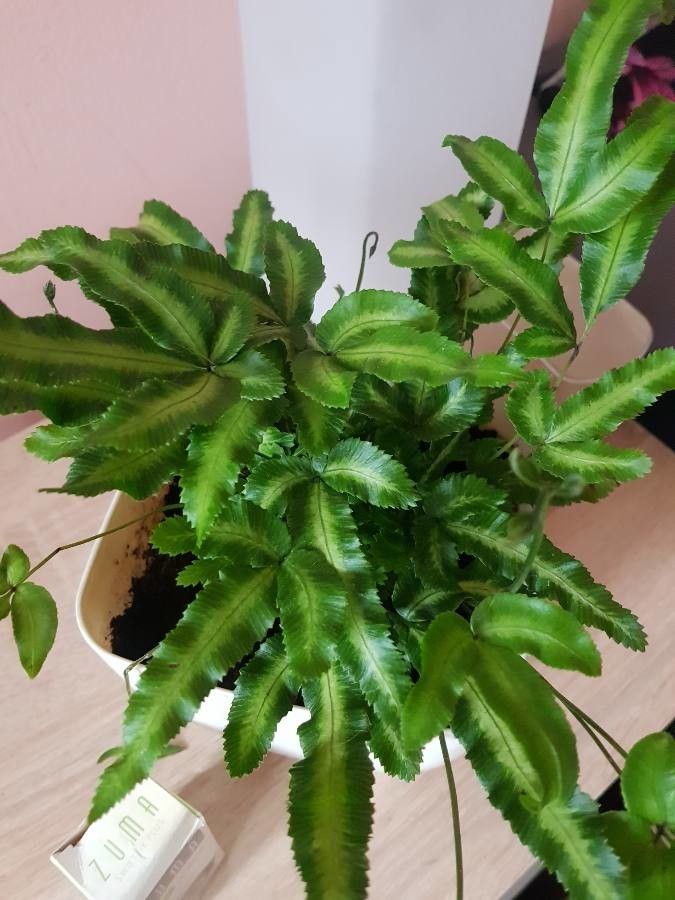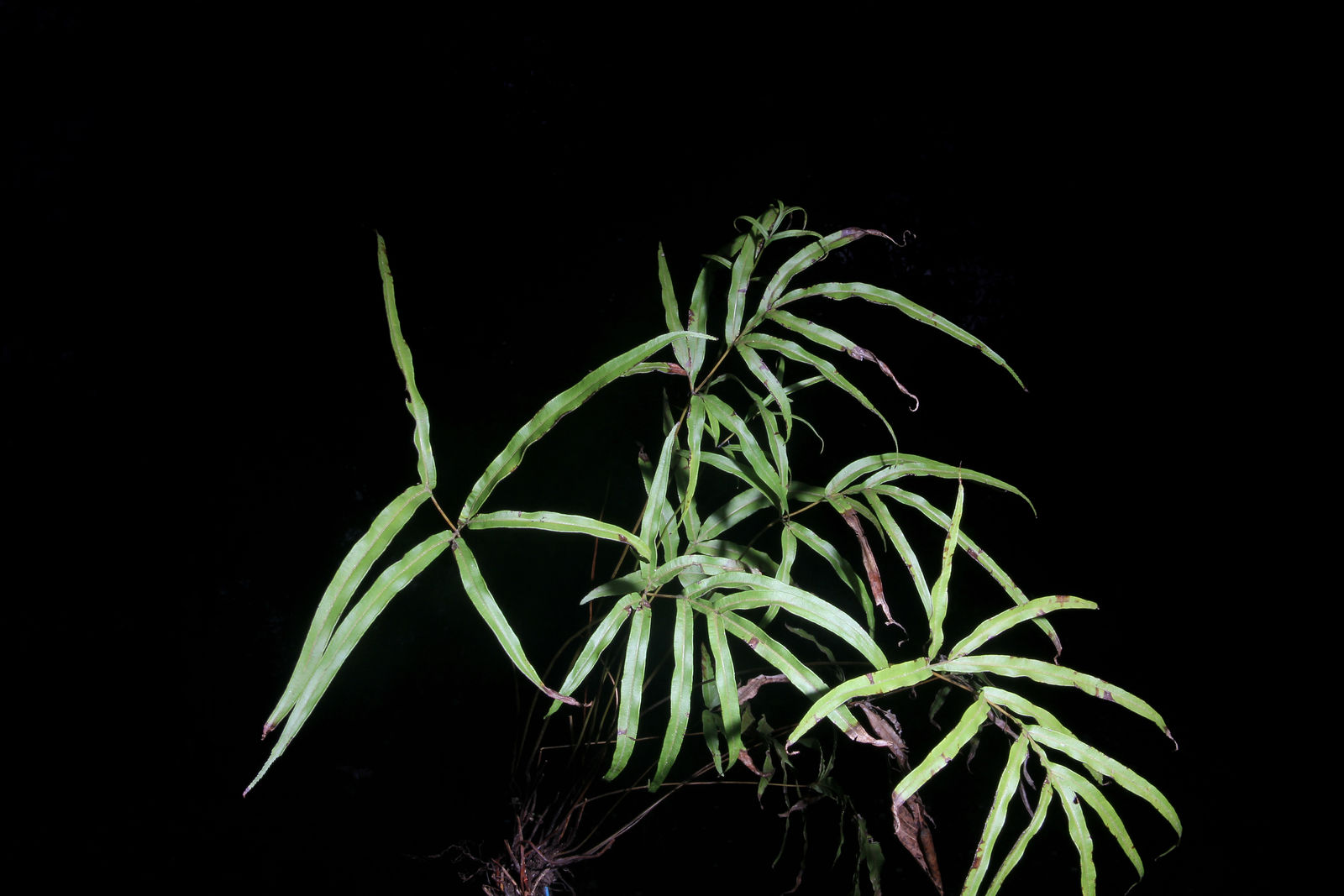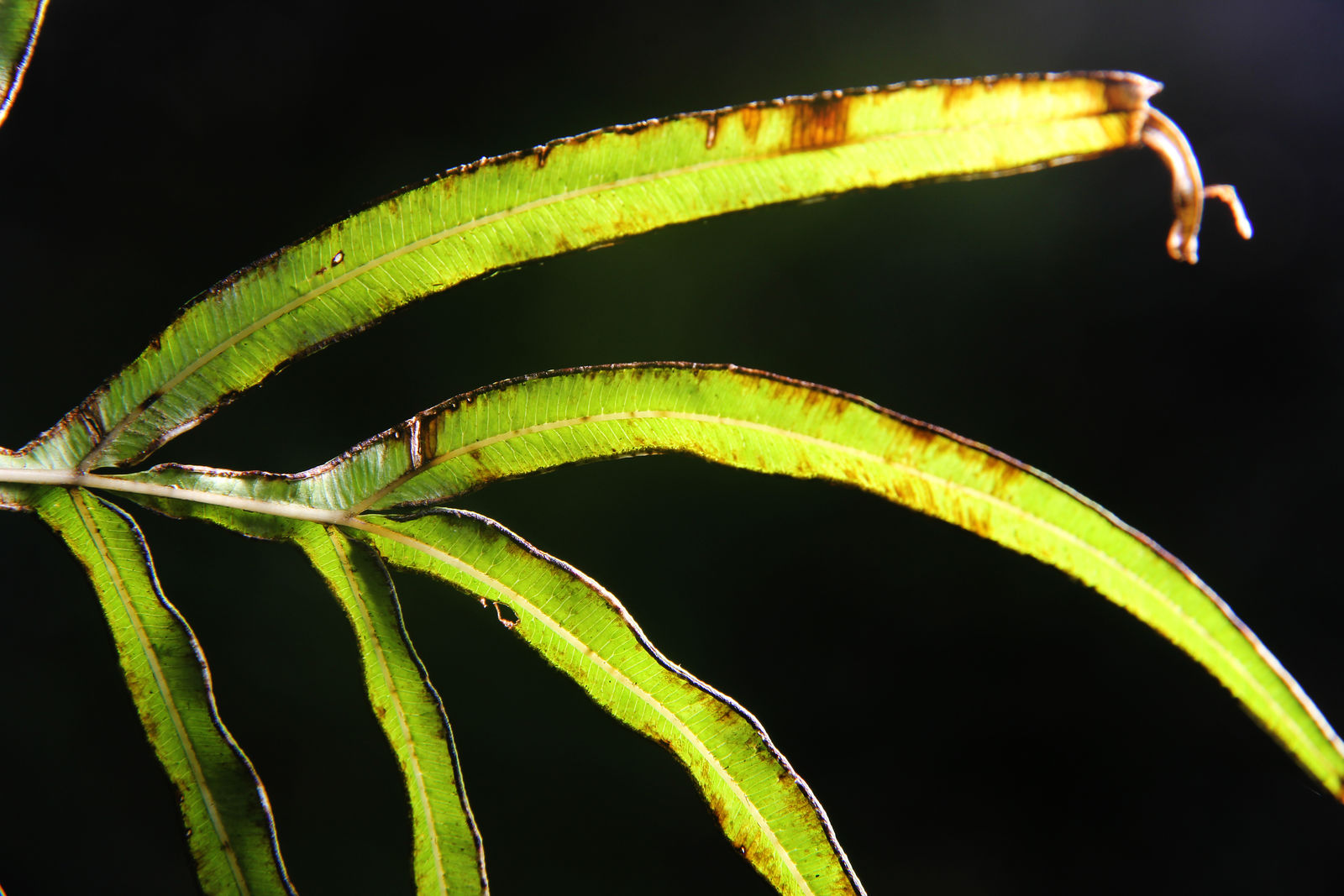Cretan Brake Fern
pteris cretica
Also known as: ["Cretan Fern","Cretan Brake"]
Overview
A graceful, arching fern with delicate, lacy fronds, native to the Mediterranean region.
Benefits & Perks
["shade tolerant","aesthetic foliage","wildlife attractant (bees, butterflies, birds)"]
Botanical Classification
| Phylum: | Tracheophyta |
| Class: | Polypodiopsida |
| Order: | Polypodiales |
| Family: | Pteridaceae |
| Genus: | Pteris |
| Botanical Name: | Pteris cretica |
Plant Characteristics
Basic Information
- Category: Leaf Plants
- Suitable Location: indoor pot in a humid room with indirect light
- Suitable For:
- Is Weed: No
- Allergenicity: low
Environmental Needs
- Climate: {"temperatureRange":"10–30°C"}
- Hardiness: {"zones":"9–11"}
- Misting: every 2–3 days to maintain moderate humidity
- Drainage: Fast-draining to prevent waterlogging.
- Soil Type: Well-draining, rich, slightly acidic soil with organic matter.
Maintenance Level
- Maintenance Level: moderate
- Toughness Level: moderate
- Pruning Frequency: As needed, typically every few months or after flowering.
- Pruning Intensity: Light to moderate; remove only dead or yellowing fronds.
Care Details
Ideal Sunlight Coverage:
Bright indirect light for 6–8 hours daily; adjust for lower light in winter.
Sunlight Tolerance Tips:
Acclimate gradually to brighter light; protect from direct sun to prevent scorching; place in a spot with filtered light indoors or shaded outdoor area.
Care Requirements
Care Difficulty
easymoderate
Sunlight
partial shade to bright indirect light
Avoid direct sunlight; rotate plant for even growth; provide dappled light outdoors.
Watering
every 7–10 days, allowing soil to dry slightly between waterings
Keep soil consistently moist but not waterlogged; avoid letting the plant sit in water; ensure good drainage.
Soil
well-draining, peat-based potting mix
pH: 5.5–6.5 (slightly acidic).
Ensure good drainage, maintain slightly acidic pH, enrich with organic matter.
Temperature
Prefers 60–75°F (15–24°C); tolerates slight fluctuations but dislikes drafts or extreme heat.
Avoid drafts, maintain stable temps, protect from extreme heat.
Fertilizing
every 4–6 weeks during active growth (spring and summer)
Dilute fertilizer to prevent burn; fertilize during active growth; stop in winter.
Propagation
Methods
Division or rhizome cuttings.
Step-by-Step Propagation Guide
- Separate rhizomes, plant in new pots, water lightly, maintain humidity.
Best Time: Spring or early summer when the plant is actively growing.
Environment
Warm, humid, and shaded environment with indirect light.
Medium
Peaty, well-draining soil mix or sphagnum moss.
Hormone
Not typically required but can aid root development.
Timeline
Roots develop in 4–6 weeks; new growth appears in 2–3 months.
Tools Needed
Sharp knife, clean pots, rooting medium, humidity dome.
Quick Tips
Use sharp tools to avoid damage; maintain high humidity; keep out of direct sun.
Pruning & Repotting
Pruning Guide
Method
Snip individual fronds at the base with clean, sharp tools.
Pruning Plan
Remove dead or damaged fronds to maintain appearance and health; encourage new growth.
Tools
Pruning shears, scissors, or sharp knife.
Checklist
Identify dead/damaged fronds, use clean tools, cut at base, dispose of clippings.
Repotting Guide
Best Season
Spring, before the active growing season begins.
Pot Size
One size larger pot; ensure it has drainage holes.
Method
Remove plant gently, trim roots if needed, place in a new pot with fresh soil, water lightly.
Suggestions
Repot every 2–3 years or when roots fill the pot; promotes growth and prevents congestion.
Checklist
Choose appropriate pot, prepare new soil, handle roots carefully, water after repotting.
Advanced Care Tips
Watering Mastery
Watering Checklist
Check soil moisture, water thoroughly, ensure drainage, avoid wetting foliage.
How to Apply Water Properly
Water thoroughly until water drains from the bottom, ensuring even moisture distribution; water early in the day to allow foliage to dry.
Watering Schedule Tips
Water when the top inch of soil feels dry; reduce frequency in winter to prevent root rot.
Soil Improvement
Add perlite or sand for drainage; incorporate peat moss for acidity and organic matter.
Temperature Stress Management
Signs of Temperature Issues
Yellowing leaves, stunted growth, or browning leaf tips.
Cold Stress
Slows growth, causes leaf discoloration, and may lead to root damage in prolonged cold.
Solution: Move to a warmer location, insulate pots, and avoid cold drafts.
Hot Stress
Wilting, leaf scorch, or drying out due to excessive heat and dry air.
Solution: Increase humidity, provide shade, and ensure adequate watering.
Fertilizing Guide
Fertilizing Checklist
Use diluted fertilizer, apply during growing season, avoid winter feeding.
Fertilizing Method
Use balanced liquid fertilizer diluted to half strength every 4–6 weeks during growing season (spring/summer); avoid fertilizing in fall/winter.
Common Problems & Solutions
Toxicity Warning
Cats
Slightly ToxicCats may experience mild gastrointestinal irritation if they ingest parts of Pteris cretica. The oxalates present can cause discomfort but are not typically severe.
⚠️ Symptoms:
🌿 Toxic Parts:
⚡ Toxic If:
if eaten
Dogs
Slightly ToxicIn dogs, ingestion of Pteris cretica can lead to mild gastrointestinal upset due to the presence of oxalates. The effects are typically not life-threatening but can cause discomfort.
⚠️ Symptoms:
🌿 Toxic Parts:
⚡ Toxic If:
if eaten
Humans
Slightly ToxicPteris cretica contains small amounts of oxalates which can cause mild irritation and discomfort when ingested. The physiological impact is generally limited to the gastrointestinal tract and skin, with no severe systemic effects.
⚠️ Symptoms:
🌿 Toxic Parts:
⚡ Toxic If:
if eaten
Frequently Asked Questions
Q: Is Pteris cretica toxic to pets?
A: No, Pteris cretica is non-toxic to dogs and cats.
Q: How much light does Pteris cretica need?
A: It thrives in partial shade to full shade, making it ideal for low-light indoor spaces.
Q: Why are the fronds of my Pteris cretica turning yellow?
A: Yellowing fronds can indicate overwatering, underwatering, or low humidity. Adjust watering and ensure the plant is in a humid environment.
Quick Reference
| Family: | Pteridaceae |
| Care: | easy |
| Light: | partial shade to bright indire |
| Water: | every 7–10 days, allowing so |
Get Expert Care Tips
Download the Plantious app for personalized care reminders and plant identification!
Google Play App Store








